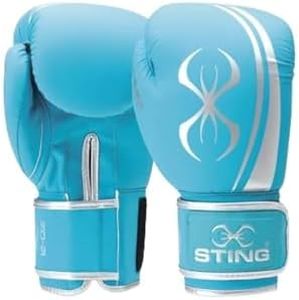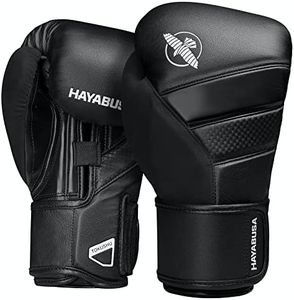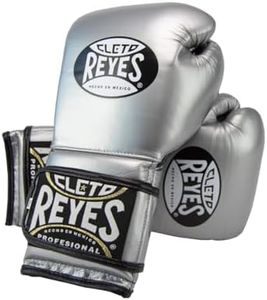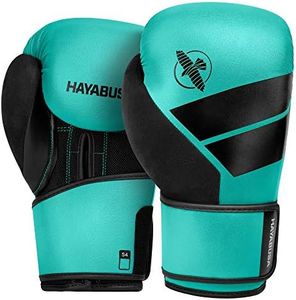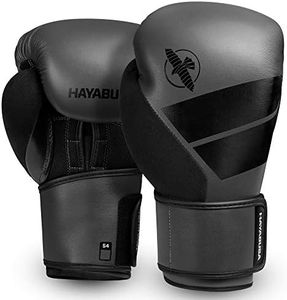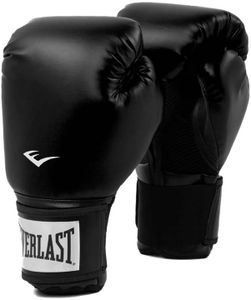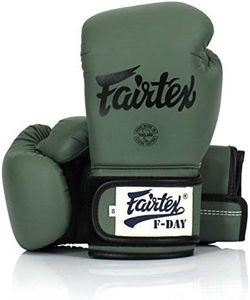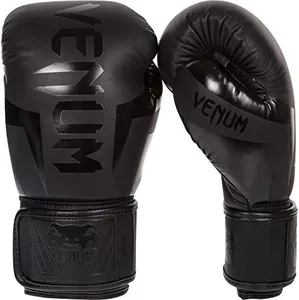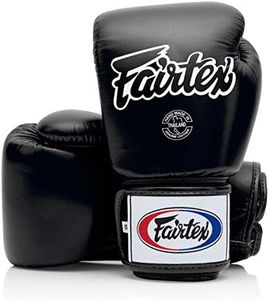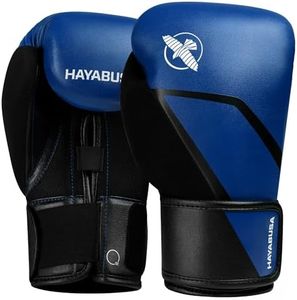We Use CookiesWe use cookies to enhance the security, performance,
functionality and for analytical and promotional activities. By continuing to browse this site you
are agreeing to our privacy policy
10 Best Womens Boxing Gloves
From leading brands and best sellers available on the web.Buying Guide for the Best Womens Boxing Gloves
Choosing the right women's boxing gloves is important for both safety and comfort, whether you’re a beginner or an experienced boxer. The right gloves will protect your hands and wrists, help you train effectively, and make the whole experience more enjoyable. When picking boxing gloves, you’ll want to pay close attention to key specs like size, weight, padding, material, closure type, and intended use. By understanding each of these factors, you can better match your gloves to the type of training or fighting you plan to do, as well as to your own hand size and personal preferences.Weight (in ounces)The weight of boxing gloves is often measured in ounces (oz) and typically ranges from 8 to 16 ounces for women’s gloves. This spec is important because it affects both the level of protection and the intensity of your workout. Lighter gloves (8-10 oz) allow for faster punches but offer less padding, usually preferred for competition or bag work. Medium-weight gloves (12-14 oz) strike a balance between protection and speed, making them ideal for general training and fitness sessions. Heavier gloves (16 oz) offer maximum padding and protection, best suited for sparring or someone wanting extra hand and wrist safety. To pick the right weight, consider your training purpose: for regular training or sparring, go for heavier gloves; for competitions or speedwork, opt for lighter weights.
Fit and SizeFit and size are all about how comfortably the gloves sit on your hands. This is crucial because poorly fitting gloves can lead to injuries or discomfort during training. Women's gloves are often designed with a narrower fit compared to men's, but there can still be variation in size (small, medium, large) among brands. If you have smaller hands or slim wrists, look for gloves labeled specifically for women or 'slim fit.' Trying on gloves or measuring your hand circumference and comparing to sizing charts can help you find the best match. The right fit is snug but not too tight, with room to accommodate your hand wraps if you use them.
Padding and ProtectionPadding in boxing gloves helps absorb shock and protects your knuckles and wrists during impacts. Gloves vary in the amount and density of padding. Softer and thicker padding is great for sparring or if you want more joint protection, while firmer and thinner padding allows for a more 'punchy' feel, often favored for bag work. Your choice should depend on how much protection you want and the type of training you do; beginners often benefit from more padding, while experienced users might choose gloves with less padding for better feedback when striking.
MaterialThe material determines the glove’s durability, breathability, and cost. Boxing gloves are usually made from genuine leather or synthetic leather. Genuine leather offers the best durability and comfort and tends to mold to your hands over time, making it ideal for frequent use. Synthetic leather is lighter, often more affordable, and easier to clean, but may wear out sooner with heavy use. If you train occasionally, synthetic materials might suffice, but if you box regularly, real leather will likely hold up better in the long term.
Closure TypeBoxing gloves typically have either a Velcro (hook-and-loop) or lace-up closure. Velcro closures are very convenient, allowing for quick and easy wear and removal, making them perfect for training and beginners. Lace-up gloves provide a more secure and customized fit but require assistance to put on and take off—these are mostly used in professional fights and competitions. If you train alone or want convenience, Velcro is the way to go; if you prioritize fit and don’t mind the extra effort, consider lace-up.
Intended Use (Training, Bag Work, Sparring, Competition)Not all gloves are made for the same purpose, and choosing the right type for your activity ensures better results and safety. Training gloves are versatile and can handle most tasks, including bag work and light sparring. Bag gloves are firmer and sometimes lighter, giving more punch feel—great for hitting punching bags, but not ideal for sparring. Sparring gloves are generally heavier with extra padding to protect both you and your partner. Competition gloves are usually lighter with less padding. Think about what you’ll spend most of your time doing and select gloves built for that specific use.
